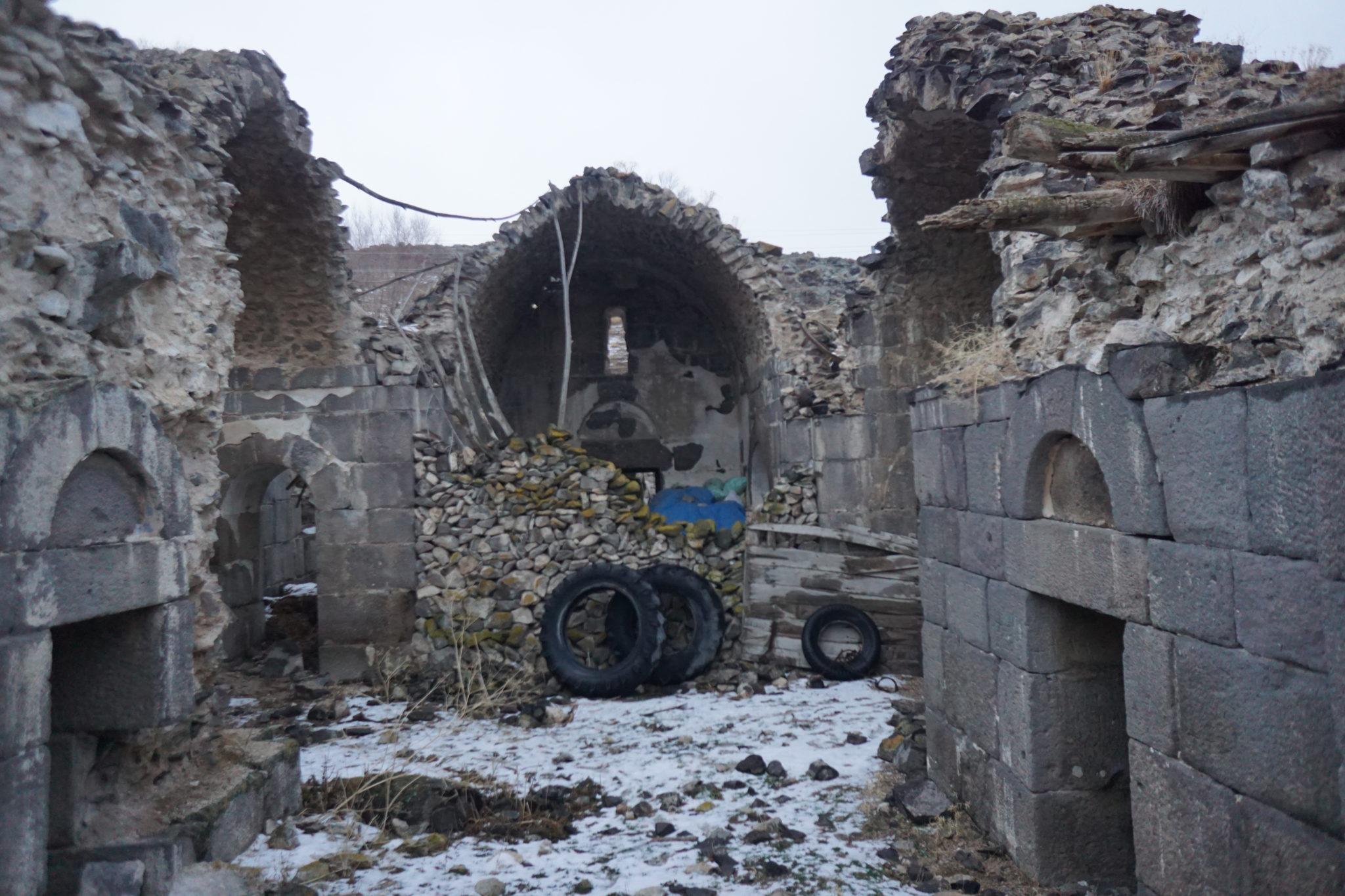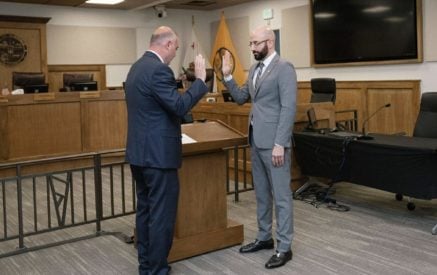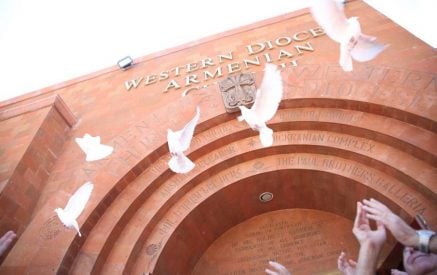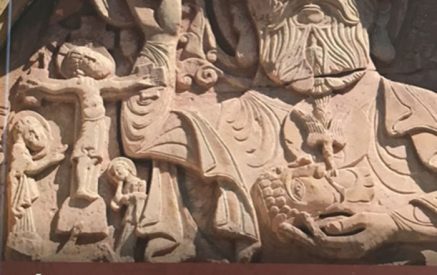Dr. Anastasios Mavrakis
Continuing my journey in search of truth and authenticity, I reached Gürün in the Sepastia (Sivas) province back in 2018.
The Sepastia province was heavily populated by Armenians before the 1915 Genocide, not only the town of Sepastia itself, but also other areas, urban as well as rural, e.g. Zara, Divriği (Tefriki), Gürün (Gurin).
I was standing out of the ruins of Surp Asdvadzadzin cathedral in Gürün (recently renovated), when I was approached by a group of local Turks. They inquired about the reason for my visit.
Read also
When I expressed my interest in Armenian architecture, they invited me on a trip to the mountainous outskirts of Gürün, approximately 1.5 hours away, to visit the ruins of an old Armenian church.
I accepted the invitation at once.
After more than an hour on the road, I explored the ruins of the church of an old Armenian village in the mountains of Gürün, whose name remains unknown.
The black and white stones reminded me of the architecture of Diyarbekır. It was undoubtedly an exquisite structure. I could not discern any remaining Armenian elements in the village.
This particular trip underscored the importance of the Armenian culture produced in the rural areas. People often focus on the main urban centers of Armenian culture and tend to forget the vast population which once resided in the rural areas, usually for safety, to take refuge and to escape pogroms, but also to enjoy a certain degree of autonomy from Turkish oppression.
Rural areas prospered, developed schools and churches, and many times became the frontline of resistance, rebellion and safeguarding of Armenian culture, as is the case of Zeitun.
I am dedicating these photographs to the resilience of the people in the rural Armenian areas, whose cultural values have been expressed through the architectural monuments they created, the songs and oral traditions saved by Soghomon Sogomonian (Komitas) and whose invincible spirit has been transplanted to more urban Armenian areas, the Republic of Armenia and to the Armenian community in the diaspora.
The Armenian Weekly




























































